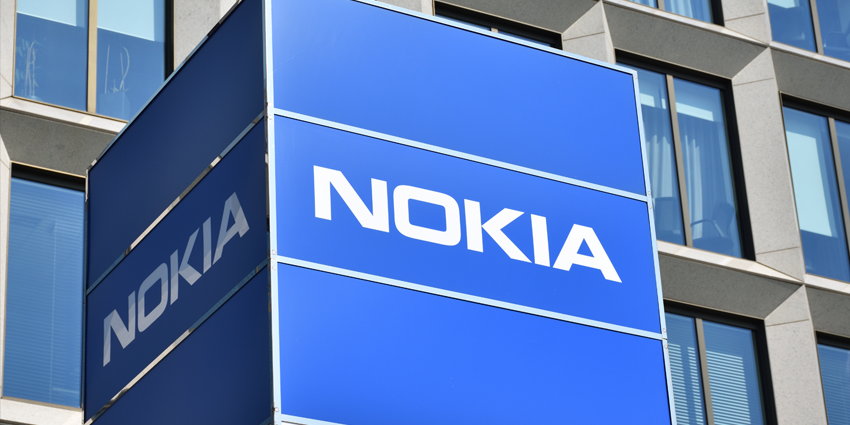Following a busy year for the immersive industry, during which leading XR and broader technology firms started to lay a foundation for the future of smart glasses and 3D spatial data for enterprises, 2025 could be yet another transformative year for XR, with last year’s innovations turning into tangible products.
Despite just entering the new year, the XR gears are already turning. The year ahead will hold many innovations and game-changing announcements; whether or not these potential AR/VR/MR steps will attract the business and consumer world is unclear. However, vendors appear to be moving forward in full force in the next 12 months.
Google’s Latest Smartglasses Design Minimises Light Loss
The U.S. Patent and Trademark Office has released a patent application from Google for a smart glasses design to reduce light loss from the microdisplay. The Apple IP news blog Patently Apple reported on this innovative design, focusing on a curved, thin, see-through light guide with a large eyebox.
This curved light guide incorporates a half-wave plate (HWP) that changes the input polarizations of the main images to an ‘orthogonal polarization.’ Additionally, it features a dielectric mirror that serves as a ‘weak analyzer’ to dim side images. The background section of Google’s patent application discusses how the design enhances user experience by minimizing the amount of light that escapes.
Light transmitted from a microdisplay to a user’s eye in an eyewear display device generally undergoes multiple reflections, refractions, diffractions, and/or changes in polarisation that can result in stray light within the system. Stray light within an eyewear display device reduces image contrast and can create haziness and ghost images in the field of view.
Meta Leads in AR and VR Headset Shipments – IDC
According to the International Data Corporation (IDC), more than 70 percent of global shipments of augmented reality and virtual reality headsets in the third quarter of 2024 were attributed to Meta. The overall volume of global shipments increased by 12.8 percent, primarily driven by Meta’s strong performance.
Meta’s primary mixed reality device, the Meta Quest 3, secured the top position in headset shipments. It was followed by Sony’s PSVR2, which captured a 6.7 percent market share, thanks to its appeal to PC gamers and successful promotional efforts. Apple, ByteDance, and XREAL also ranked among the top five companies in this sector.
Jitesh Ubrani, Research Manager, Worldwide Mobile Device Trackers at IDC, commented on the results:
While the market has become quite top heavy with the five representing over 90% share, the outlook for some of these companies remains in question. Sony and ByteDance’s dedication to headset making seem to be wavering as shipments for both vendors continue to decelerate.This in turn provides an opportunity for brands such as XREAL and VITURE who appeal to gamers while innovating on both hardware and software.
Meta Improve Ray Ban Smart Glasses Display Abilities
According to a report by the Financial Times, Meta plans to introduce augmented reality heads-up display visualizations for its Ray-Ban devices. The company is expected to launch a new generation of these smart glasses in 2025, featuring a single small in-lens screen designed to display advanced augmented visuals.
Details about the next-generation Ray-Ban smart glasses are still limited, as Meta has not officially addressed the topic. However, reports indicate that these new glasses are on track for a 2025 release, bringing consumer-friendly AR technology closer to the company’s vision for its Orion project. If Meta does unveil the next-generation smart glasses this year, it will likely occur during the Meta Connect event, where the firm typically showcases its latest technology.
In 2024, Meta revealed its new mixed reality headset and its latest Ray-Ban smart glasses iteration. The 2025 products are anticipated to hit the market sometime after the previous generations, allowing the company to gather insights and optimize its product lineup.
Will Samsung Enter the AR Wearables Market in 2025?
The experts at 91mobiles have uncovered new information that may provide essential insights into the future of Samsung’s upcoming immersive device. According to a recent patent application from Samsung, the company is exploring the development of smart glasses that feature built-in microphones and speakers. This could mean including capabilities similar to those found in Meta’s Ray-Ban, such as media playback, voice control, and remote communication.
This device aims to enhance voice input functionality by incorporating features that minimize background noise, which users might encounter while using the device on the go, such as powerline interference. Additionally, the patent suggests that the device will have a touch sensor to offer further user input options.
While patents do not fully capture what a device may look like when it launches, they, along with previous reports about Samsung’s plans, create a clearer image of a potential competitor to Meta’s smart glasses.
Late last year, AndroidXR unveiled an XR operating system and provided a first look at Samsung’s headset, codenamed “Project Moohan,” which is expected to be purchased next year. Although the specifics of Project Moohan are still speculative, artificial intelligence is anticipated to play a significant role in the device’s functionality.
During the Android XR announcement, Google emphasized the importance of Gemini AI assistants in enabling new ways to interact with the headset and its visual features. Google also pointed out that, built on a familiar Android platform, the XR operating system can support a wide range of existing mobile and tablet applications and specialized Android XR content. This development addresses a significant barrier to broader XR adoption: users need access to various applications and compelling services to motivate them to invest in an XR device.






